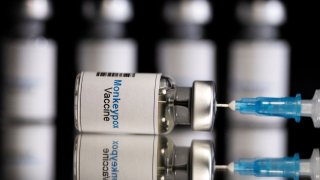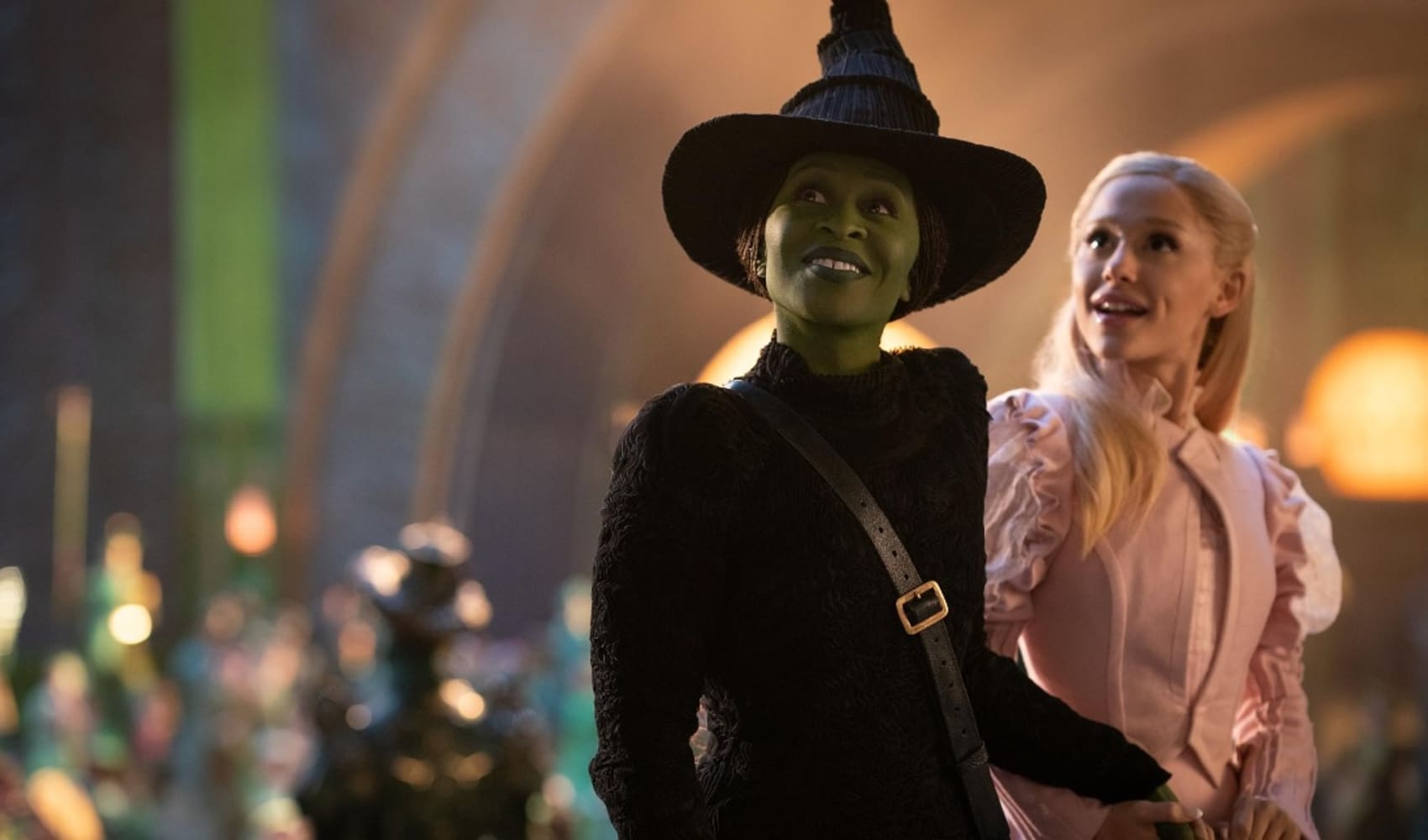
- The CDC is recommending that people who have had confirmed or presumed monkeypox exposures get vaccinated against the virus.
- Vaccination should occur within two weeks of exposure to the virus, but the sooner the better, according to the CDC.
- The U.S. is immediately releasing 56,000 doses of the Jynneos vaccine from the strategic national stockpile, which will be followed by 240,000 doses in the coming weeks.
The U.S. will deploy nearly 300,000 monkeypox vaccine doses in the coming weeks in an effort to stamp out the growing outbreak of the virus.
The Centers for Disease Control and Prevention is recommending that people who have had confirmed or presumed monkeypox exposures get vaccinated against the virus. Vaccination should occur within two weeks of exposure to the virus, but the sooner the better, according to the CDC.
The U.S. is immediately releasing 56,000 doses of the Jynneos vaccine from the strategic national stockpile, which will be followed by 240,000 doses in the coming weeks. A total of 1.6 million doses of Jynneos will be available in the fall, according to the Health and Human Services Department.
Jynneos is a two-dose vaccine approved by the Food and Drug Administration for adults ages 18 and older who are at high risk of exposure to smallpox or monkeypox. HHS is prioritizing the allocation of Jynneos doses to communities with the highest number of monkeypox cases because supply is still limited.
Local health departments can also request shipments of the older generation smallpox vaccine ACAM2000, which the U.S. has in much greater supply. However, the vaccine can have serious side effects and is not recommended for everyone.
Get Tri-state area news delivered to your inbox. Sign up for NBC New York's News Headlines newsletter.
The U.S. has confirmed 306 monkeypox cases across 27 states and Washington, D.C., according to the CDC. The largest outbreaks are in California, Illinois and New York with dozens of confirmed infections in each of those states.
Money Report
There have been no reported deaths in the U.S. from the virus. Most people recover from monkeypox in two to four weeks.
Worldwide, more than 4,700 cases of monkeypox have been reported across 49 countries with one death reported in Nigeria. The current outbreak is unusual because it is occurring primarily in North American and European countries. Historically, the virus has mostly transmitted at low levels in remote areas of West and Central Africa. European nations have reported 84% of the confirmed monkeypox cases in the current outbreak.
The World Health Organization said on Saturday that the outbreak does not represent a global health emergency right now. However, WHO Director General Tedros Adhanom Ghebreyesus said the virus represents an evolving threat that needs close monitoring.
Monkeypox primarily spreads through close physical contact with sex a major source of transmission in the current outbreak. People can also catch the virus from contaminated materials such as bedsheets or shared clothing. The virus can spread through respiratory droplets but not easily. Respiratory transmission requires prolonged face-to-face interaction, according to the CDC.
Gay and bisexual men who have had sex with multiple partners are at particularly high risk of infection right now, according to the CDC. However, public health officials have repeatedly emphasized that anyone can catch the virus regardless of sexual orientation.
Monkeypox often begins with symptoms similar to the flu such as fever, headache, body aches, chills, exhaustion and swollen lymph nodes. A rash that looks like pimples or blisters then appears on the body. People are most infectious when they have the rash.
Some patients in the current outbreak have developed a rash only on the genitals or anus before showing any flulike symptoms, according to the CDC. In other cases, patients developed the rash without any flulike symptoms at all.






